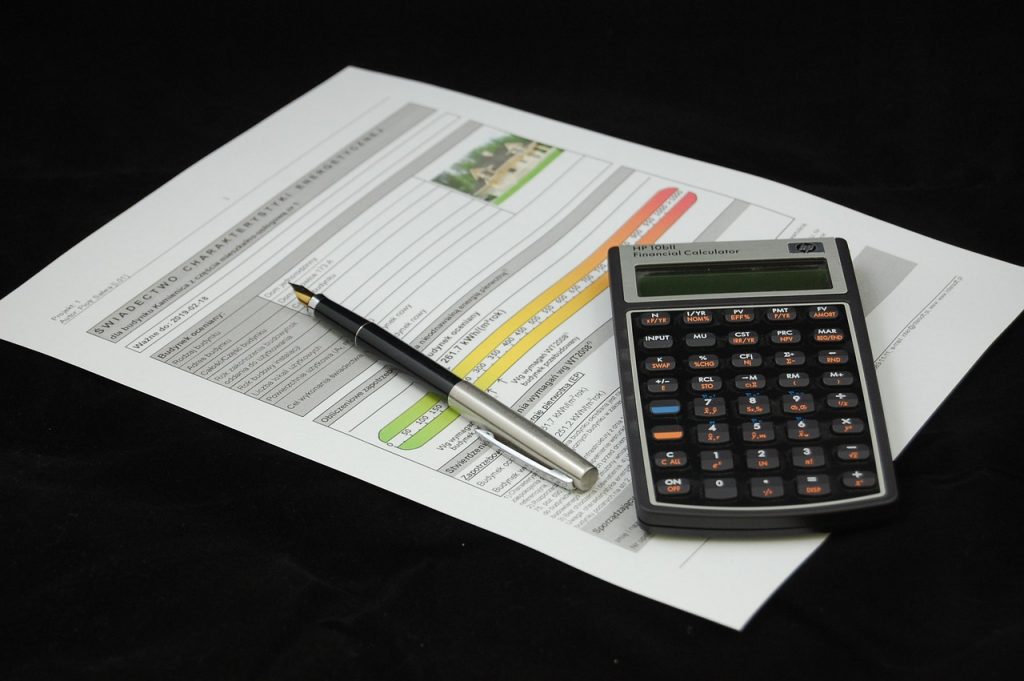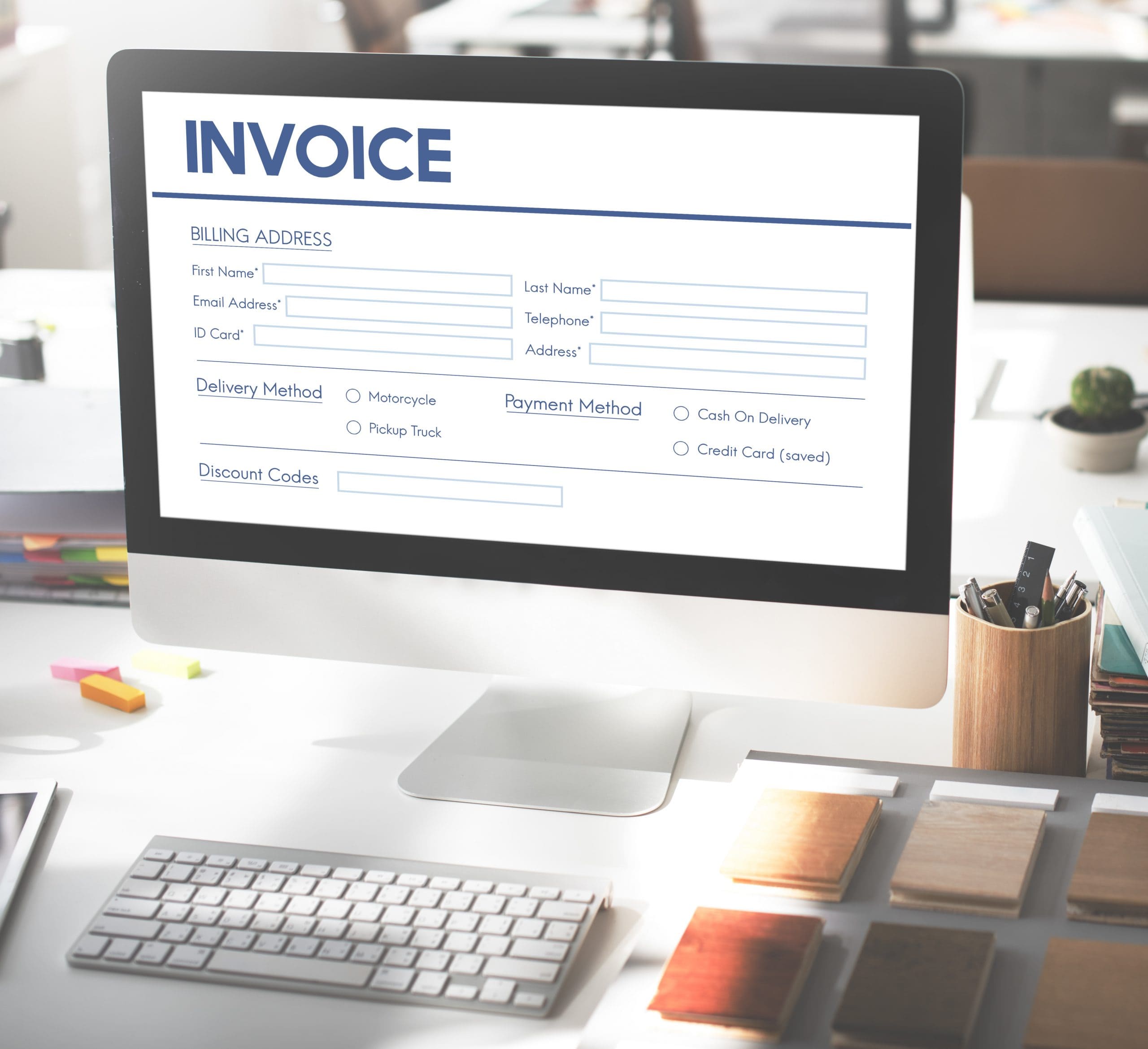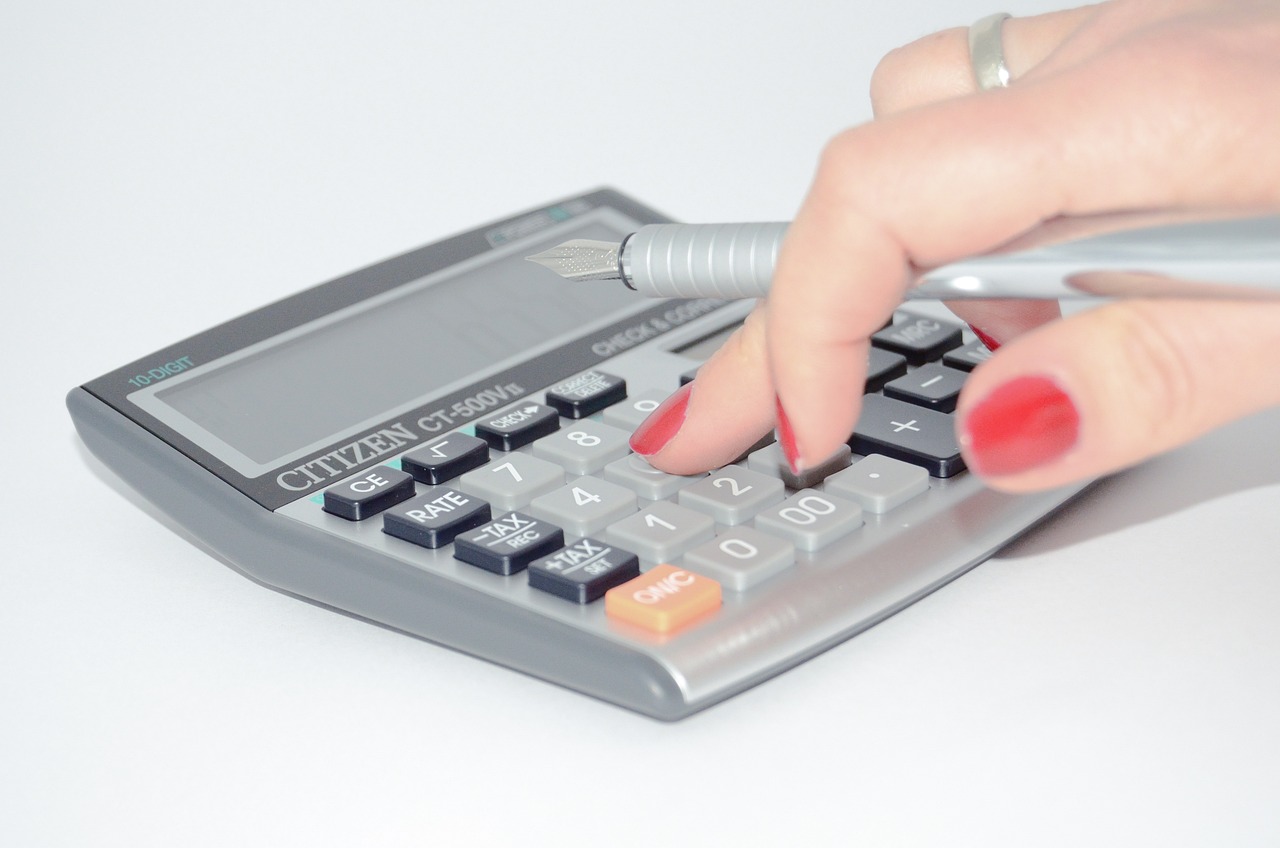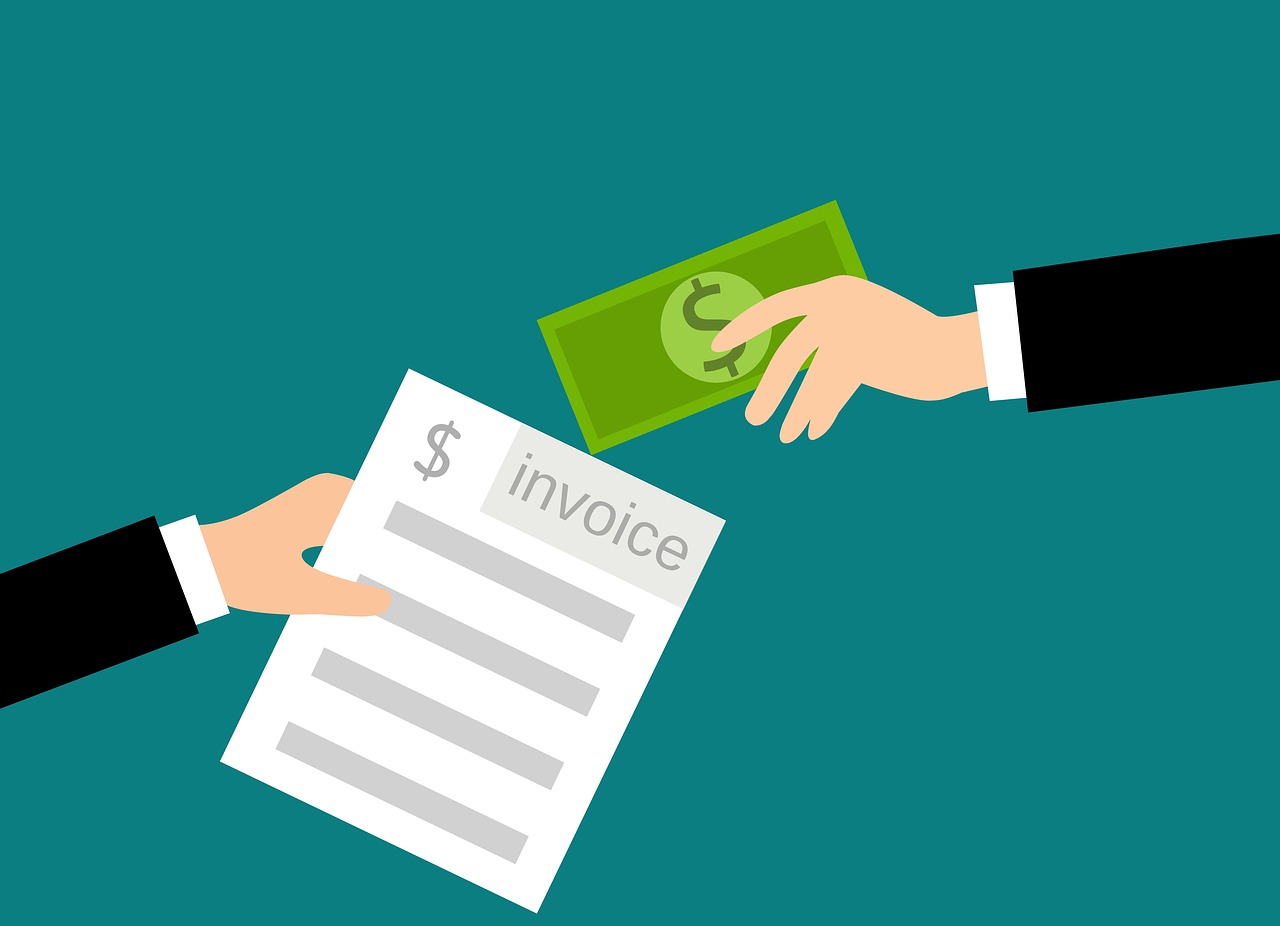What Does Due on Receipt. Mean on Invoices?
In the world of business transactions, the term “Due on Receipt” on an invoice often pops up. What exactly does it mean, and how does it impact both the payer and payee? In this article, we’ll delve into the concept of “Due on Receipt,” its implications for payment expectations, and strategies to use this term effectively. We invite you to explore our range of invoice templates to understand more about the different forms invoices can take.
Definition and Interpretation of “Due on Receipt” Payment Term
Understanding the concept of “Due on Receipt” is essential in the business world, particularly for those handling finances. To clarify this term, let’s start by breaking down its fundamental definition and how it differs from other payment terms.
The nuts and bolts of “Due on Receipt”
When an invoice states that the payment is “Due on Receipt,” it simply means that the sum should be made as soon as the invoice is received. Unlike other financial terms that specify a set number of days for settlement, such as “Net 30” or “Net 60”, “Due on Receipt” requires immediate payment upon receipt of the invoice.
Interpretation in different business contexts
The interpretation of “Due on Receipt” can vary depending on the business context. For instance, in a business-to-business (B2B) scenario, it could mean that settlement is expected as soon as the goods or services have been delivered and the invoice received. In a retail context, however, it typically means payment is due at the point of sale.
Here are a few more scenarios where “Due on Receipt” might be used:
- Independent contractors who need immediate payment after completion of work.
- Small businesses that cannot afford to delay financial settlements.
- Companies providing critical services where late compensation could have severe implications.
In each of these examples, the “Due on Receipt” term is used to expedite payment and ensure smooth cash flow for the fee or service provided.

Implications of “Due on Receipt” for Payment Expectations
Moving beyond the definition, it’s crucial to comprehend how the “Due on Receipt” payment term influences not only the payment expectations but also the way it can expedite the entire payment process.
Direct impact on the payment cycle
Utilizing the “Due on Receipt” term can significantly transform the financial cycle in business transactions. Normally, with other remittance terms, there’s a specific timeframe—like 30 or 60 days—within which the bill must be paid. However, “Due on Receipt” means the payment should be made as soon as the invoice is received, effectively shrinking the window between billing and payment. This expedited process can have notable effects on the speed at which funds circulate within the business, making it crucial for businesses to consider their ability to pay swiftly when they receive a “Due on Receipt” invoice.
Implications for cash flow management
The “Due on Receipt” term carries both positive and negative implications for cash flow management. On the positive side, it allows businesses to receive funds more promptly, which can enhance their cash flow and financial stability. However, for customers or clients, it might create pressure to pay immediately upon receiving the invoice, which could potentially strain their financial resources, especially if they are accustomed to longer payment terms. Balancing these impacts and aligning them with business needs is critical for maintaining a healthy cash flow and positive business relationships.
Strategies for Using “Due on Receipt” Effectively
While “Due on Receipt” offers several advantages, it is not a one-size-fits-all solution. The successful application of this term requires careful consideration of the business’s nature and needs, as well as effective communication strategies.
Tailoring ‘Due on Receipt’ to your business needs
Choosing when to use “Due on Receipt” is not an easy decision—it depends heavily on the nature of the work and the customer relationships involved. For example, businesses with frequent, lower-value transactions might find it more efficient to employ this term. On the other hand, companies engaged in significant projects, where the overall fee might be quite substantial, might prefer to use extended payment terms to avoid placing undue financial pressure on their customers. This balance between immediate cash flow needs and customer satisfaction is crucial. Check out our specialized
Airbnb receipt template to see how you can effectively implement it.
Effective communication strategies
Communication plays a key role in successfully implementing “Due on Receipt.” It’s important to ensure that customers are aware of this requirement before the transaction takes place to avoid any surprises upon receipt of the invoice. In the event of late payments, consider these strategies:
- Sending polite but firm reminders shortly after the invoice becomes overdue.
- Offering payment plans or installment options for large amounts.
- Enlisting the aid of a collection agency as a last resort.
Remember, the goal is not just to get paid promptly but also to maintain a positive relationship with your customers. Hence, tact and professionalism are vital when handling late payments.
Importance of Timely Payments and Managing Invoicing Terms
In the ecosystem of business, timely payments and proper management of invoicing terms form the lifeblood that keeps a business healthy. Let’s take a deeper dive into these aspects.
The role of timely payments in business health
One cannot overstate the importance of timely payments in business transactions. Not only do they ensure a smooth cash flow, enabling businesses to meet their financial obligations, but they also play a pivotal role in fostering healthy business relationships. When clients pay their bills by the due date, it demonstrates a sense of responsibility and trustworthiness, leading to stronger, more reliable business relationships. It’s a simple practice, but one that can have a profound impact on a business’s longevity and reputation.

Tips for managing invoicing terms
In addition to ensuring timely payments, effectively setting and managing invoicing terms is another cornerstone of sound financial management. It’s essential to consider factors such as the nature of your business, the relationship with the client, and the size of the transaction when deciding your terms.
Here are a few tips:
- Be clear and explicit about your payment terms from the outset.
- Consider offering incentives for early payments.
- Regularly review your invoicing terms to ensure they still align with your business needs and market norms.
These steps can lead to more predictable cash flow and reduced instances of late payments. To see these principles in action, check out our
bike receipt template which offers a clear, concise, and customizable solution for businesses with varying invoicing needs. By carefully managing your invoicing terms, you can maintain a balance between immediate cash flow and longer-term financial stability.

Navigating the Sea of Invoices
As we sail through the complexities of payment terms, we see the prominent lighthouse of “Due on Receipt,” guiding us to smoother cash flows and sturdy business relations. Harness this power by understanding its nuances and tailoring it to fit your unique business needs. At Saldo Invoice, we provide tools and resources to help you navigate these waters with confidence. Set your course for success and explore our array of
invoice templates and payment services today.







